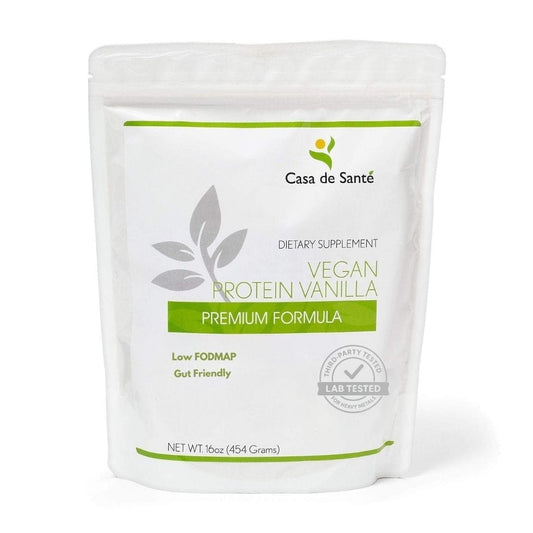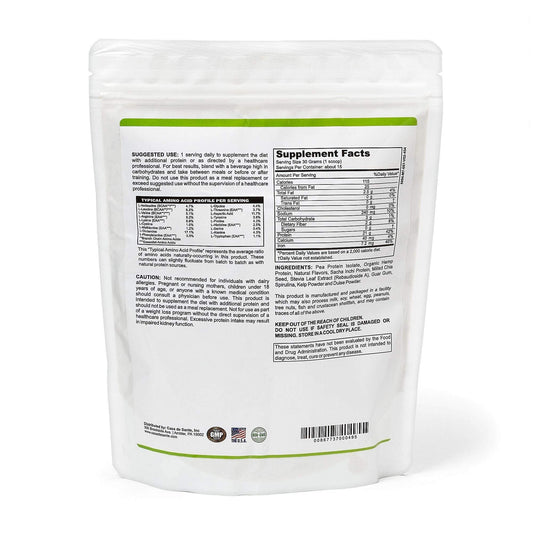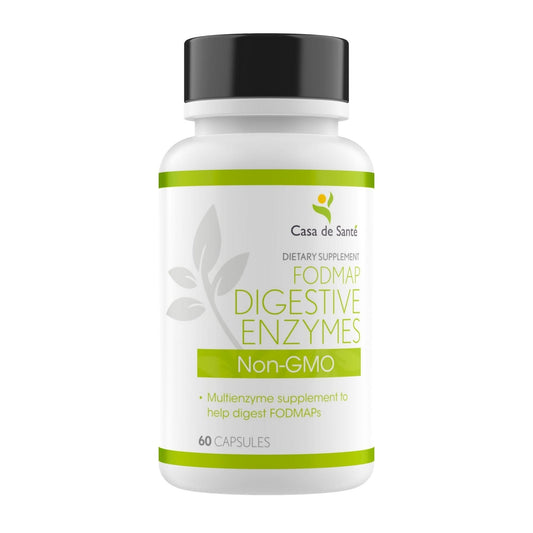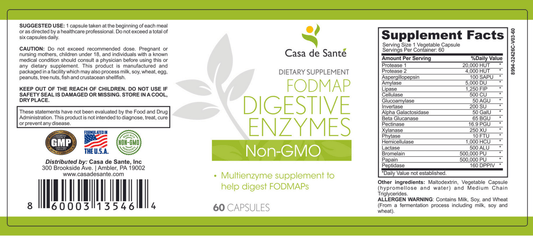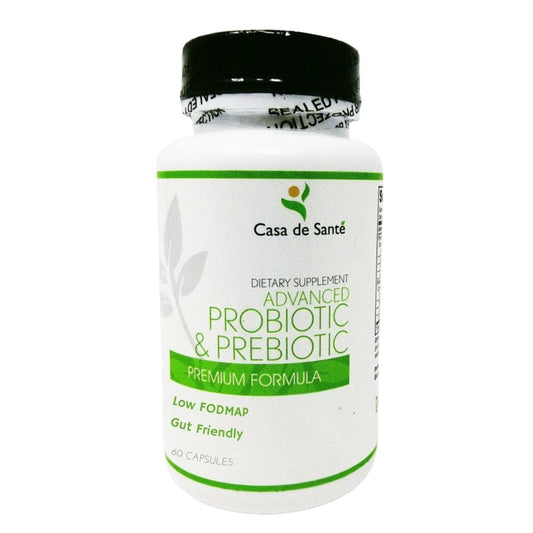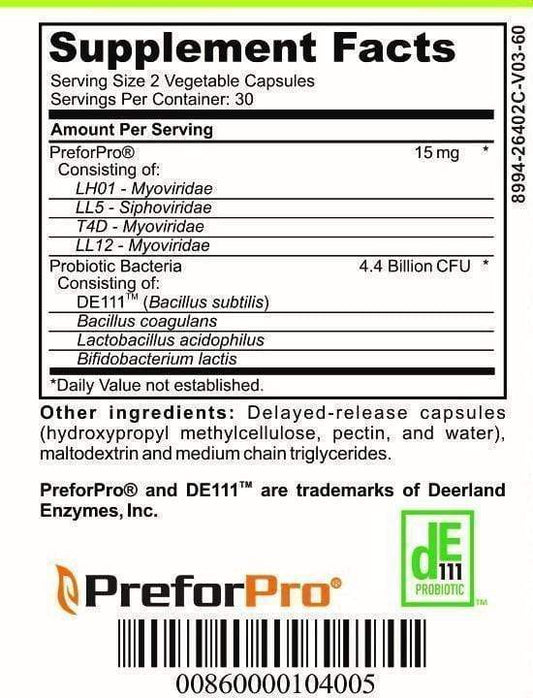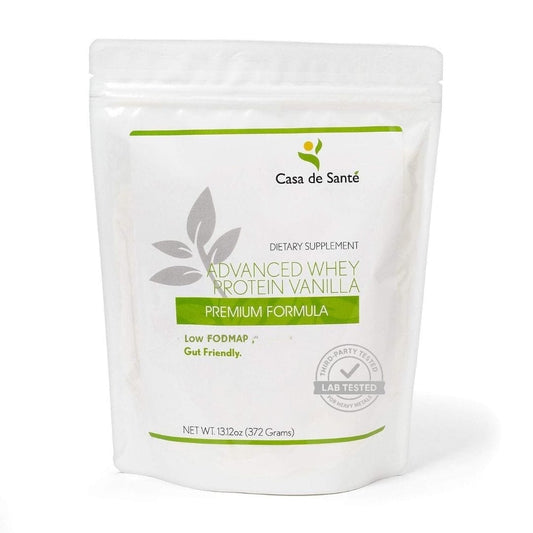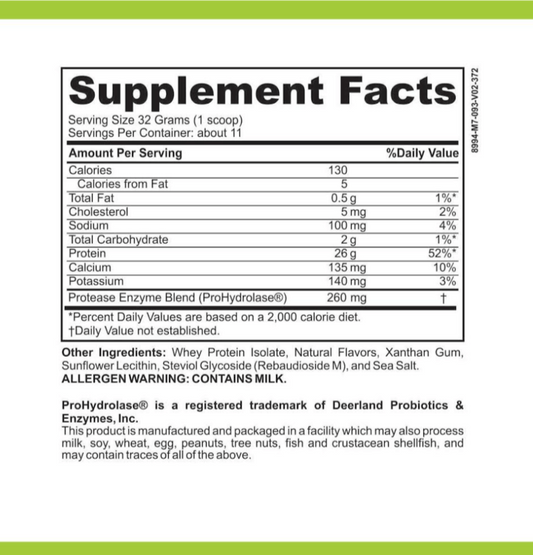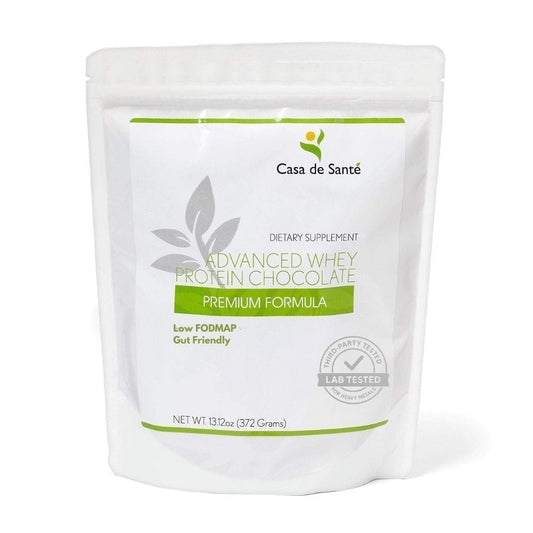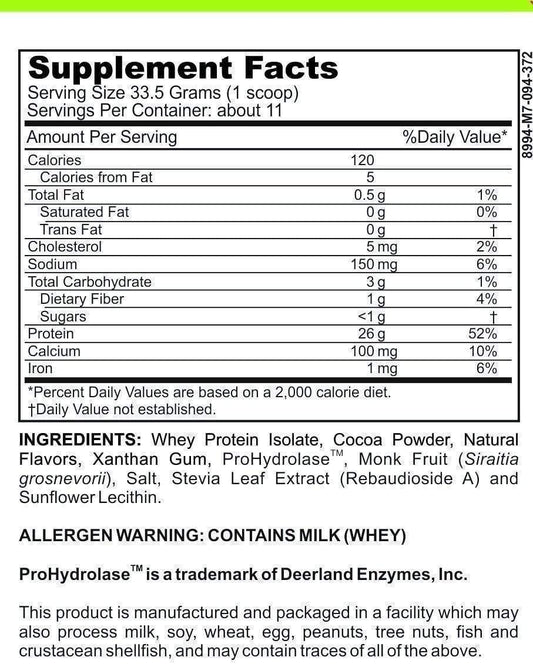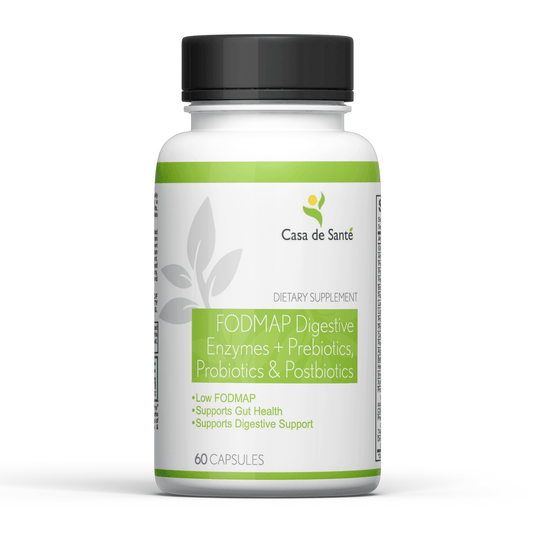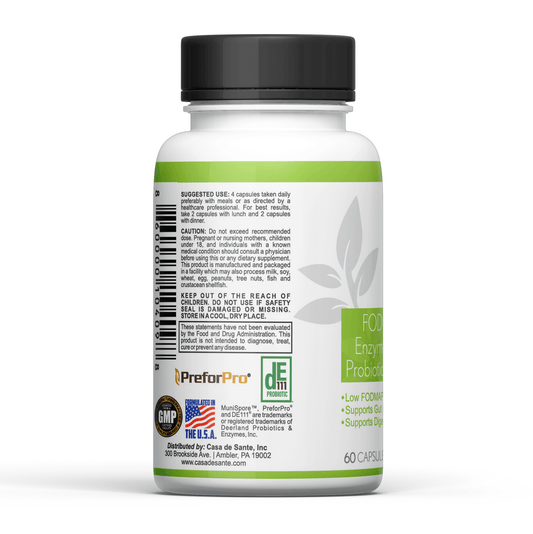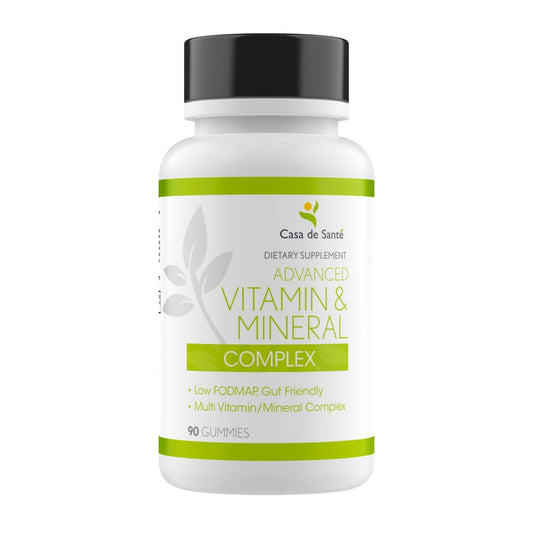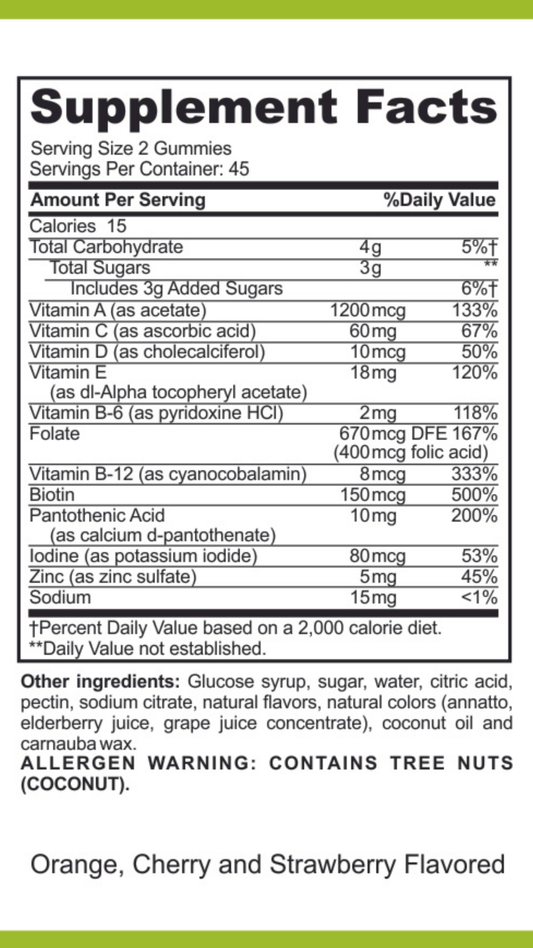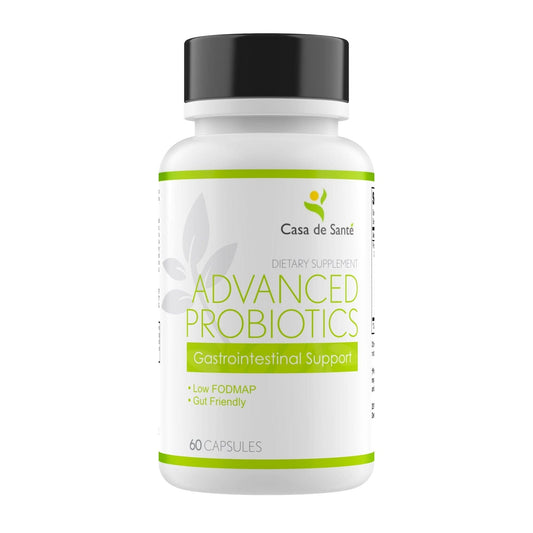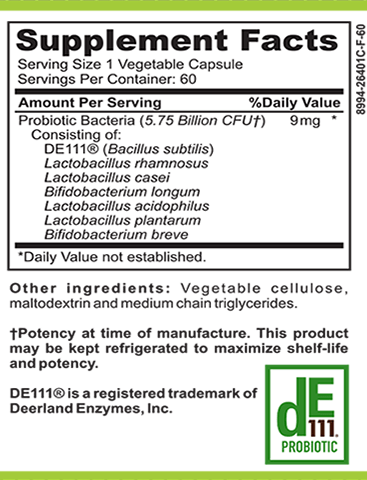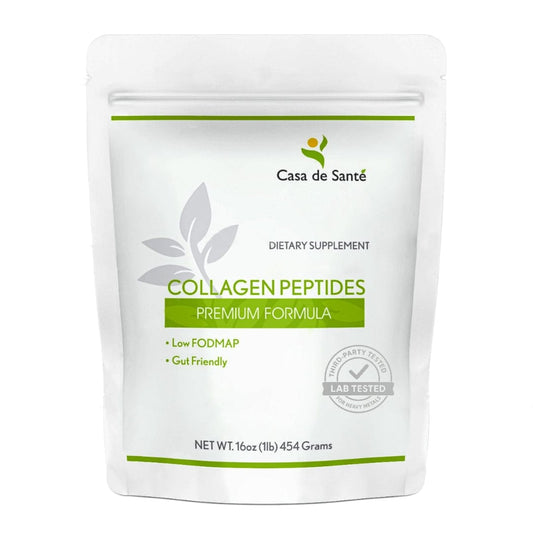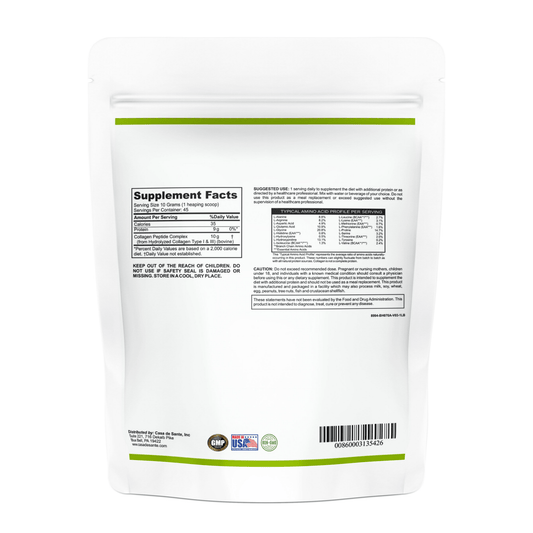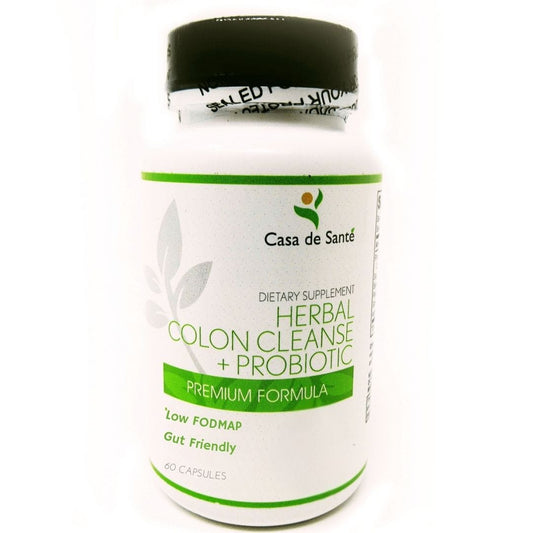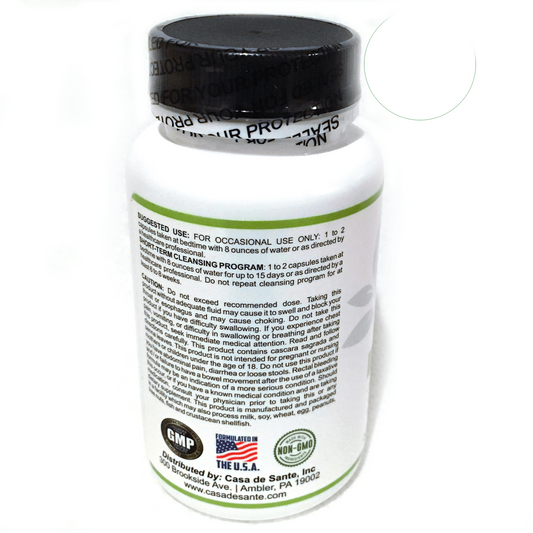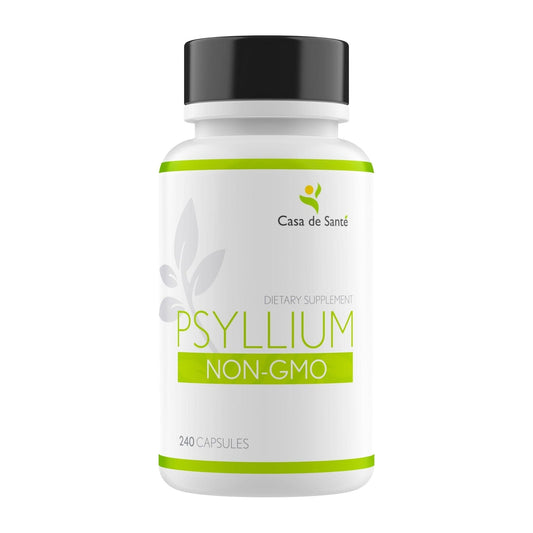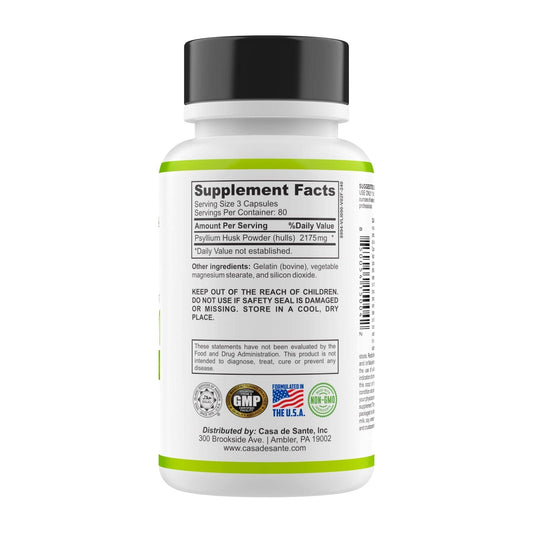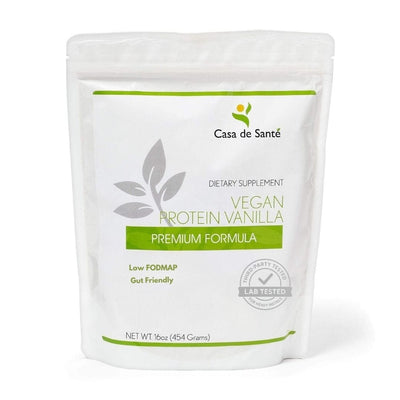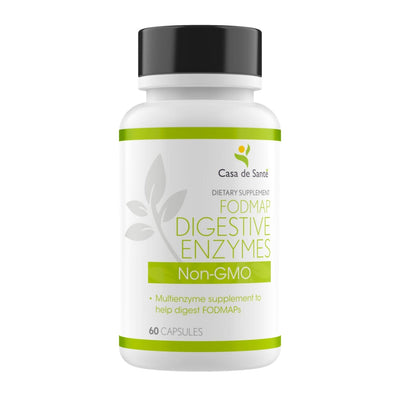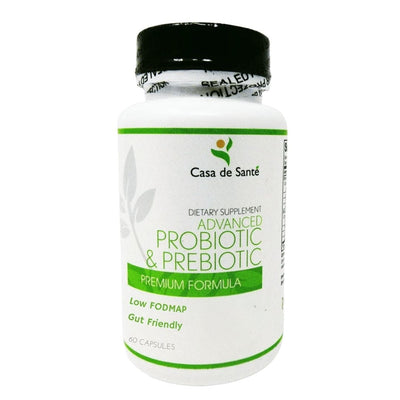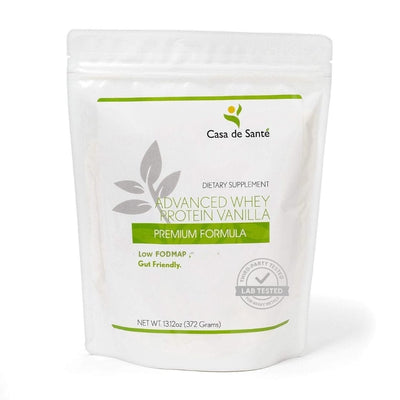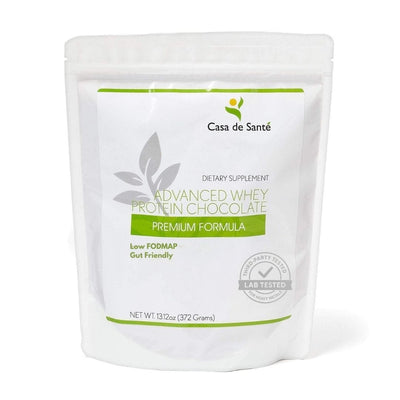Understanding POTS: What Are the Symptoms of POTS Adrenaline Surges?
POTS, or Postural Orthostatic Tachycardia Syndrome, is a condition that can cause a lot of confusion and discomfort. One of the most challenging aspects of POTS is the adrenaline surges that many patients experience. These surges can feel overwhelming and can happen unexpectedly, leaving individuals feeling anxious and exhausted. Understanding the symptoms of POTS adrenaline surges is crucial for managing this condition effectively. In this article, we'll explore what these surges are, how they affect daily life, and what can be done to cope with them.
Key Takeaways
- Adrenaline surges in POTS can happen suddenly and without warning, often leading to rapid heart rate and feelings of panic.
- These surges are linked to the body's fight or flight response, which can be triggered by everyday activities or stressors.
- Symptoms can include not just heart rate changes but also anxiety, exhaustion, and even fainting spells after the surge.
- Managing these surges may involve lifestyle changes, regular exercise, and mental health strategies to cope with anxiety.
- Support systems, including friends, family, and community resources, play a significant role in helping individuals manage POTS and its symptoms.
Understanding POTS and Its Mechanisms

POTS, or Postural Orthostatic Tachycardia Syndrome, is a condition that messes with how your body regulates blood flow, especially when you stand up. It's not just about feeling dizzy; it's a whole system issue. Let's break down what's happening under the hood.
The Role of the Autonomic Nervous System
The autonomic nervous system (ANS) is like your body's autopilot. It controls things you don't consciously think about, like heart rate, blood pressure, and digestion. In POTS, this system goes a little haywire. Normally, when you stand, the ANS kicks in to narrow blood vessels and increase your heart rate slightly to keep blood flowing to your brain. But with POTS, this regulation is off, leading to a rapid increase in heart rate upon standing. This nervous system dysfunction can cause a cascade of symptoms.
How POTS Affects Blood Flow
When someone with POTS stands up, blood tends to pool in the lower body because the blood vessels don't constrict properly. This means less blood returns to the heart, and the heart tries to compensate by beating faster. This is why one of the main diagnostic criteria for POTS is an increase in heart rate of 30 beats per minute (bpm) or more within 10 minutes of standing (or exceeding 120 bpm), in the absence of low blood pressure. Some people experience neuropathic POTS, where nerve damage contributes to this blood vessel issue.
The Connection Between POTS and Adrenaline
Now, here's where adrenaline comes in. Because the body isn't getting enough blood to the brain, it perceives this as a stress situation. In response, it releases adrenaline (also known as epinephrine), a hormone that prepares the body for "fight or flight." This adrenaline surge can cause a whole host of symptoms, including increased heart rate, anxiety, and that jittery feeling. It's like your body is hitting the panic button when it doesn't need to.
Think of it like this: your body is trying to solve a blood flow problem, but it's using a sledgehammer when a gentle tap would do. The adrenaline is meant to help, but in the context of POTS, it often makes things worse, leading to those uncomfortable and sometimes debilitating surges.
Recognizing Adrenaline Surges in POTS
What Triggers Adrenaline Surges?
Adrenaline surges in POTS can feel like your body is hitting the panic button for no reason. It's like you're just sitting there, maybe watching TV, and suddenly your heart is racing. But what sets these off? Well, it's complicated. For many, it's the simple act of standing up. Remember, POTS messes with how your body regulates blood pressure and heart rate when you change positions. When you stand, your body might overreact, releasing a flood of adrenaline to try and compensate. Other triggers can include stress, dehydration, or even eating a big meal. Some people find that certain foods or drinks, like caffeine or alcohol, can also set off a surge. It really varies from person to person, making it a bit of a detective game to figure out your specific triggers. Understanding POTS syndrome is key to managing these episodes.
Common Experiences During Surges
Okay, so what does an adrenaline surge actually feel like? It's different for everyone, but there are some common threads. Many people describe a sudden, intense feeling of anxiety or panic, even if they aren't actually feeling anxious about anything. Your heart might pound or race, and you might start to sweat or feel shaky. Some people get a headache or feel dizzy. It can also feel like you're having a hard time breathing, like you can't get enough air. And then, after the surge, there's often a crash. You might feel completely exhausted, weak, and shaky. It's like your body just went through a marathon, even though you were just sitting there.
- Sudden anxiety or panic
- Racing heart
- Sweating or shaking
Physical Reactions to Adrenaline
When adrenaline floods your system, it sets off a cascade of physical reactions. Your heart rate increases, sometimes dramatically. Your blood pressure might spike, although in some people with POTS, it can actually drop. Your pupils might dilate, and you might notice that you're breathing faster. Some people experience muscle tension or tremors. And, of course, there's the classic fight-or-flight response: your body is primed to either run away from danger or stand and fight, even if there's no actual danger present. This is why you might feel restless, agitated, or on edge during a surge. It's your body's way of preparing for a threat that isn't really there. It's important to recognize these reactions as part of the surge, rather than signs of something else being wrong. Regular exercise can help manage symptoms.
It's important to remember that everyone experiences adrenaline surges differently. What one person feels as a mild annoyance, another might find completely debilitating. The key is to learn to recognize your own personal symptoms and triggers so you can start to manage them effectively.
Symptoms Associated with Adrenaline Surges
Adrenaline surges can feel like your body is hitting the panic button for no good reason. It's like being startled awake by a loud noise, except the noise is coming from inside you. These surges can manifest in a bunch of different ways, and they're often what lead to POTS being mistaken for just plain anxiety.
Heart Rate Changes
One of the most noticeable symptoms is a rapid increase in heart rate. It's not just a little faster; it can feel like your heart is pounding out of your chest. This can happen even when you're resting, which is super unsettling. Sometimes, it's accompanied by palpitations, where you can feel each individual heartbeat, hard and strong. It feels like you just ran a marathon, but you were just sitting there.
Feelings of Anxiety and Panic
Adrenaline is a stress hormone, so it's no surprise that surges often bring on feelings of anxiety and even full-blown panic attacks. You might feel restless, on edge, and have trouble concentrating. It's that sense of impending doom, even when you know there's nothing to be actually afraid of. It's like your body is telling you there's a lion in the room, but you can't see it.
Physical Exhaustion After Surges
What goes up must come down, and after an adrenaline surge, many people with POTS experience intense physical exhaustion. It's like your body has used up all its energy reserves in one go. This exhaustion can last for hours, or even days, making it hard to do even simple tasks. It's not just feeling tired; it's a deep, bone-weary fatigue that can be really debilitating.
It's important to remember that everyone experiences these surges differently. Some people might have primarily heart rate changes, while others might struggle more with anxiety or exhaustion. Keeping a symptom diary can help you track your individual triggers and patterns.
Here's a quick list of common symptoms:
- Racing heart rate
- Anxiety or panic
- Shakiness
- Sweating
- Weakness
Managing Adrenaline Surges Effectively
Adrenaline surges can be really disruptive when you're dealing with POTS. The good news is, there are definitely things you can do to get them under control and improve your day-to-day life. It's all about finding what works best for your body and sticking with it.
Lifestyle Changes to Reduce Symptoms
Making some adjustments to your daily routine can make a big difference. One of the first things to consider is your diet. Try to eat smaller, more frequent meals to keep your blood sugar stable. Staying hydrated is also super important – aim for plenty of water throughout the day. Some people find that reducing caffeine and alcohol helps, as these can sometimes trigger surges. Also, pay attention to your posture. Avoid standing for long periods without breaks, and consider compression stockings to help with blood flow. These small changes can add up to a noticeable improvement.
The Importance of Regular Exercise
I know, I know, exercise can sound like the last thing you want to do when you're feeling awful. But trust me, it can be a game-changer. Regular physical activity helps to increase cardiovascular fitness and improve the body’s ability to tolerate changes in position. Start slow and gradually increase the intensity and duration of your workouts. Swimming, walking, and recumbent biking are often good options because they're easier on your body. Consistency is key here – even a little bit of exercise each day can make a big difference in the long run. It helps the body adjust to the shift from lying down to standing up, reducing the need for the fight or flight response.
Mental Health Strategies for Coping
Dealing with POTS and adrenaline surges isn't just a physical battle; it's a mental one too. The feelings of anxiety and panic that often come with surges can be really overwhelming. That's why it's so important to have some mental health strategies in your toolkit. Things like deep breathing exercises, meditation, and mindfulness can help you stay grounded during a surge. Consider seeking support from a therapist or counselor who specializes in chronic illness. They can teach you coping mechanisms and help you process the emotional toll of living with POTS. Remember, taking care of your mental health is just as important as taking care of your physical health.
It's important to remember that managing adrenaline surges is a process, not a destination. There will be good days and bad days, and that's okay. Be patient with yourself, celebrate small victories, and don't be afraid to ask for help when you need it.
The Impact of Adrenaline on Daily Life

How Surges Affect Daily Activities
Adrenaline surges can really throw a wrench into everyday life for people with POTS. Imagine trying to concentrate at work when suddenly your heart starts racing, and you feel like you're about to run a marathon. It's tough! Simple things like grocery shopping, attending social events, or even just relaxing at home can become a challenge. The unpredictability of these surges makes it hard to plan and enjoy activities, because you never know when one might hit. This can lead to isolation and a feeling of being disconnected from the world.
Long-Term Effects of Frequent Surges
Dealing with frequent adrenaline surges isn't just about the immediate discomfort; there can be long-term effects too. Constant activation of the fight-or-flight response can wear down your body over time. This can lead to chronic fatigue, increased anxiety, and even depression. It's like your body is always on high alert, and that takes a toll. Plus, the stress of managing these surges can impact your relationships and overall quality of life. It's important to find ways to manage these surges to protect your long-term health and well-being. A support network can be helpful in these situations.
Coping Mechanisms for Everyday Challenges
Okay, so how do you actually deal with these challenges? Here are a few things that might help:
- Planning ahead is key. If you know certain situations trigger surges, try to avoid them or prepare for them in advance.
- Learn relaxation techniques like deep breathing or meditation. These can help calm your body down when a surge hits.
- Talk to your doctor about medications or therapies that might help manage your symptoms. There are options available, and it's worth exploring them.
Living with POTS and adrenaline surges is tough, but it's not impossible to live a fulfilling life. It's all about finding what works for you and building a support system to help you along the way.
Here's a simple table to illustrate how different activities might be affected and some potential coping strategies:
| Activity | Potential Impact | Coping Strategy |
|---|---|---|
| Grocery Shopping | Dizziness, fatigue, anxiety in crowded places | Shop during off-peak hours, use online services |
| Social Gatherings | Overstimulation, heart racing, feeling faint | Take breaks, stay hydrated, limit alcohol intake |
| Work/School | Difficulty concentrating, fatigue, anxiety | Request accommodations, take frequent breaks |
Exploring Treatment Options for POTS
Dealing with POTS can feel like navigating a maze, especially when adrenaline surges throw a wrench into things. The good news is that there are paths to explore when it comes to treatment. It's not a one-size-fits-all situation, and what works for one person might not work for another. It's all about finding the right combination of strategies to manage symptoms and improve your quality of life.
Medical Interventions for Adrenaline Surges
When adrenaline surges become a frequent issue, medical interventions might be necessary. Medications can play a role in managing these surges. Beta-blockers are sometimes prescribed to help control heart rate and reduce the physical symptoms of anxiety. Other medications might target specific underlying issues contributing to POTS, like low blood volume or nerve dysfunction. It's important to have a thorough evaluation by a doctor familiar with POTS to determine the best course of action. They can assess your individual needs and tailor a treatment plan accordingly.
Therapies to Manage Symptoms
Beyond medication, various therapies can help manage POTS symptoms, including those related to adrenaline surges. Physical therapy, particularly focusing on exercise, is often recommended to improve blood circulation and strengthen the cardiovascular system. This can help reduce the frequency and intensity of surges. Biofeedback is another therapy that can teach you to control your body's responses to stress, potentially lessening the impact of adrenaline. Counseling, like psychotherapy, can help you learn to cope with a chronic health condition. Counseling may help manage other coexisting mental health conditions that may negatively influence POTS.
Integrative Approaches to Treatment
Many people find that an integrative approach, combining different treatment methods, works best for managing POTS. This might involve lifestyle changes, such as dietary adjustments (increasing salt and fluid intake), alongside medical treatments and therapies. Paying attention to your body and identifying triggers for adrenaline surges is also key. Keeping a journal to track symptoms, diet, activity levels, and stress can help you and your doctor identify patterns and adjust your treatment plan accordingly. Remember, managing POTS is often a marathon, not a sprint, and finding the right combination of treatments takes time and patience.
It's important to be cautious of quick solutions from nonmedical sources. Quick solutions usually don’t help POTS and can even cause more emotional distress. Finding a private practice, clinic, or organization familiar with POTS and the immediate needs of patients is crucial.
Here are some general recommendations that might help:
- Increase fluid and salt intake.
- Engage in regular exercise, focusing on cardiovascular conditioning.
- Practice stress-reduction techniques, such as meditation or deep breathing exercises.
The Role of Support Systems in POTS Management
Living with POTS can feel incredibly isolating. It's not just about the physical symptoms; it's the emotional toll of dealing with a condition that's often misunderstood. That's where a strong support system becomes absolutely vital.
Building a Support Network
Finding people who understand what you're going through can make a huge difference. This could include:
- Family members who are willing to learn about POTS.
- Friends who offer a listening ear and practical help.
- Other POTS patients who can share their experiences and offer advice.
- Healthcare professionals who are knowledgeable and supportive.
Having even one or two people you can rely on can significantly improve your quality of life. Don't be afraid to reach out and build your network, even if it feels daunting at first.
Educating Family and Friends
One of the biggest challenges with POTS is that it's an invisible illness. People may not understand why you can't do certain things or why you're feeling so unwell. Educating your family and friends about POTS can help them better understand your limitations and needs. Here's how:
- Share articles and resources about POTS with them.
- Explain your symptoms in simple terms.
- Be honest about what you can and can't do.
- Invite them to attend doctor's appointments with you.
It's important to remember that not everyone will be understanding or supportive. Some people may dismiss your symptoms or tell you to "just get over it." It's okay to distance yourself from people who are not supportive of your health journey.
Finding Community Resources
Beyond your immediate circle, there are many community resources available to help you manage POTS. These resources can provide:
- Support groups where you can connect with other patients.
- Online forums where you can ask questions and share experiences.
- Advocacy organizations that are working to raise awareness of POTS.
- Medical professionals who specialize in treating POTS.
Finding the right resources can take time, but it's worth the effort. Dysautonomia International is a great place to start looking for support and information.
Wrapping Up: Living with POTS and Adrenaline Surges
In summary, dealing with POTS and those sudden adrenaline surges can be really tough. It’s like your body is on high alert all the time, even when there’s no real danger. This can lead to feelings of anxiety and exhaustion that just don’t seem to go away. But remember, you’re not alone in this. Many people are facing the same challenges. Finding ways to manage these symptoms, whether through exercise, mental techniques, or medical help, can make a big difference. It’s all about figuring out what works best for you and taking it one step at a time. Stay strong and keep pushing forward!
Frequently Asked Questions
What is POTS?
POTS stands for Postural Orthostatic Tachycardia Syndrome. It's a condition that affects how blood flows in the body, causing symptoms like a fast heart rate when standing up.
What causes adrenaline surges in POTS?
Adrenaline surges in POTS can happen when the body reacts to stress or changes in position. This can make the heart race and cause feelings of anxiety.
What are common symptoms during an adrenaline surge?
During an adrenaline surge, people often feel their heart racing, sweat, and experience anxiety. They may also feel lightheaded or faint.
How can I manage adrenaline surges?
Managing adrenaline surges can include lifestyle changes like regular exercise, staying hydrated, and learning relaxation techniques to help calm the body.
Are adrenaline surges harmful?
While adrenaline surges can be uncomfortable, they are not usually harmful. However, they can lead to fatigue and other symptoms after the surge.
Can POTS be treated?
Yes, POTS can be treated. Treatment often involves a combination of medications, lifestyle changes, and therapies to help manage symptoms and improve quality of life.

